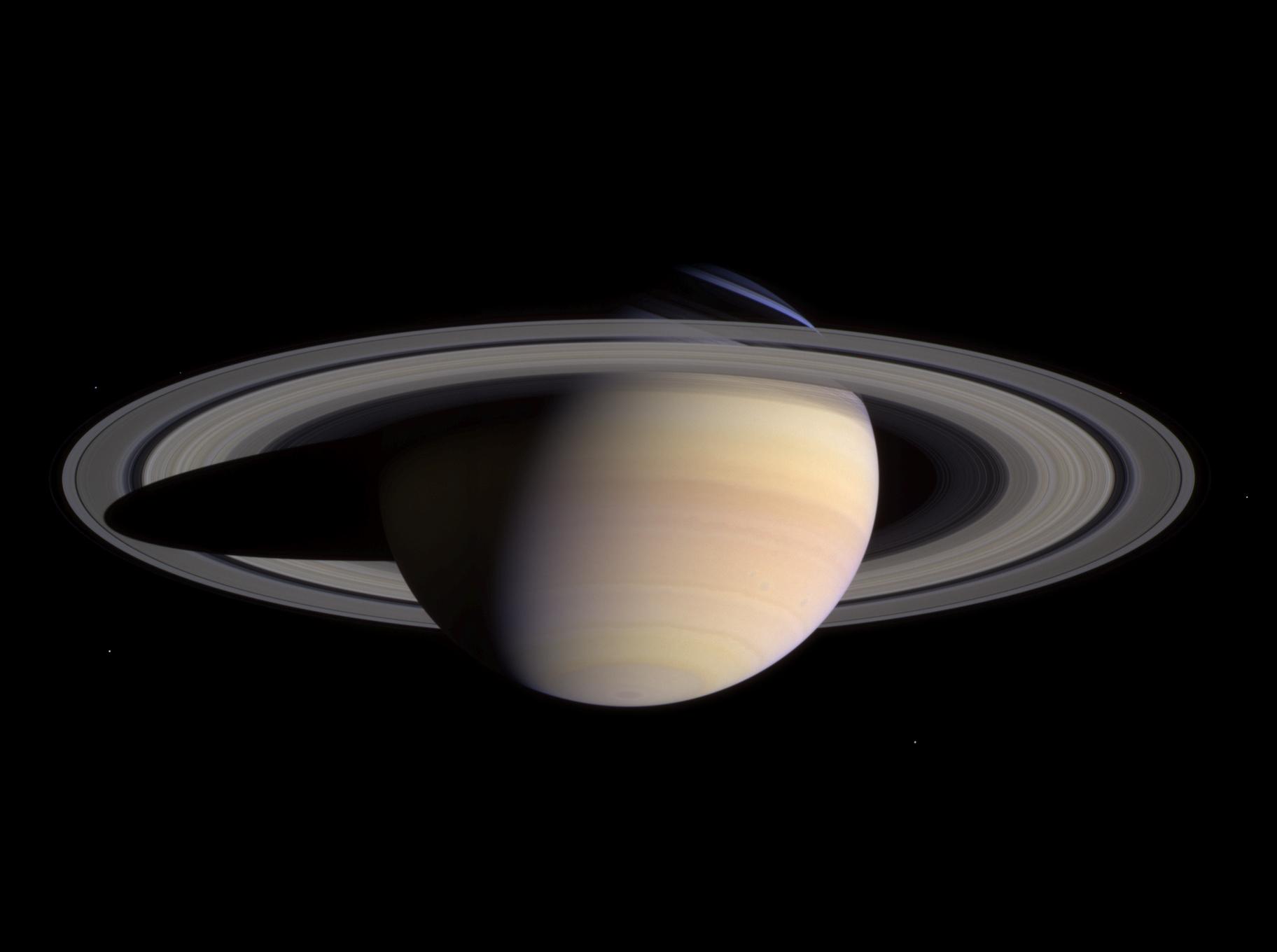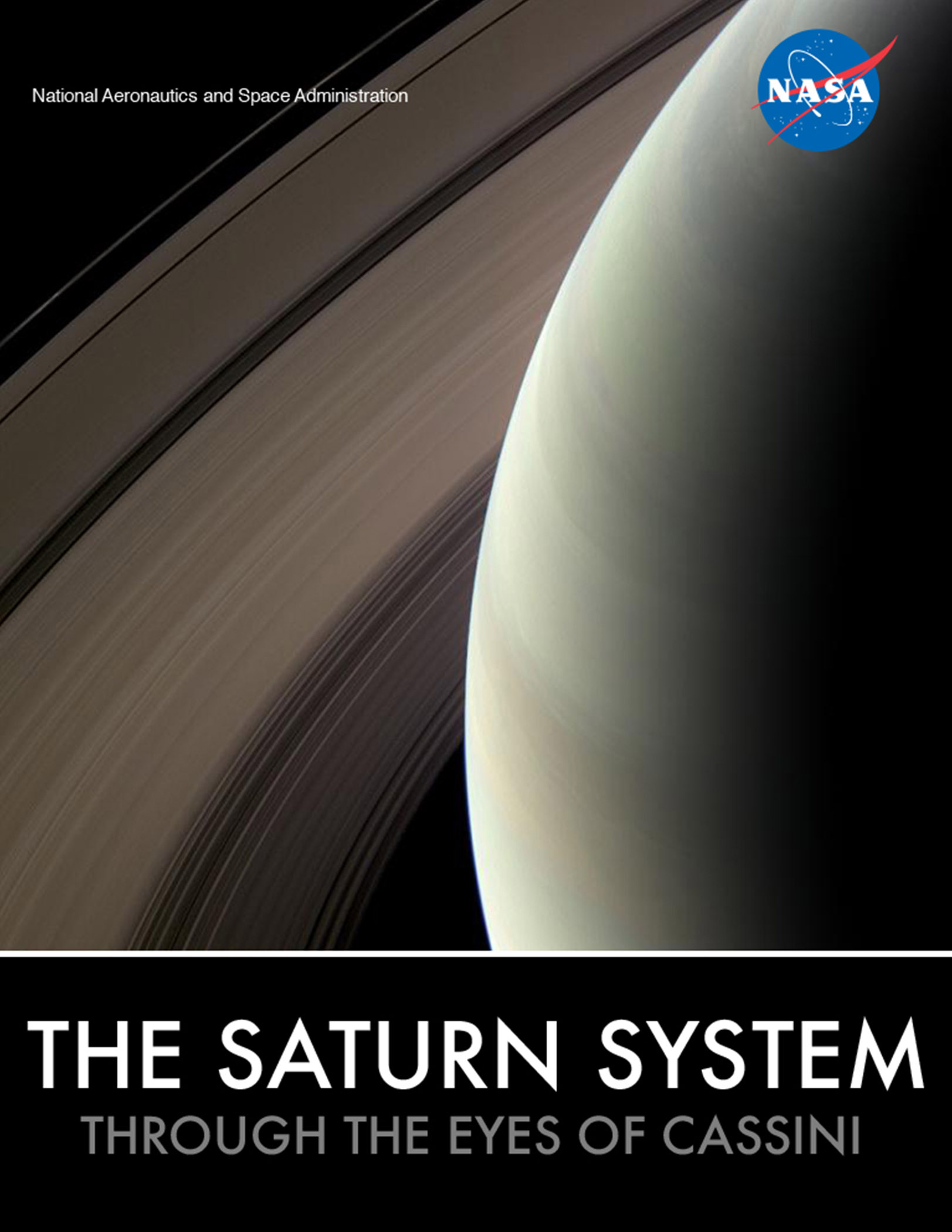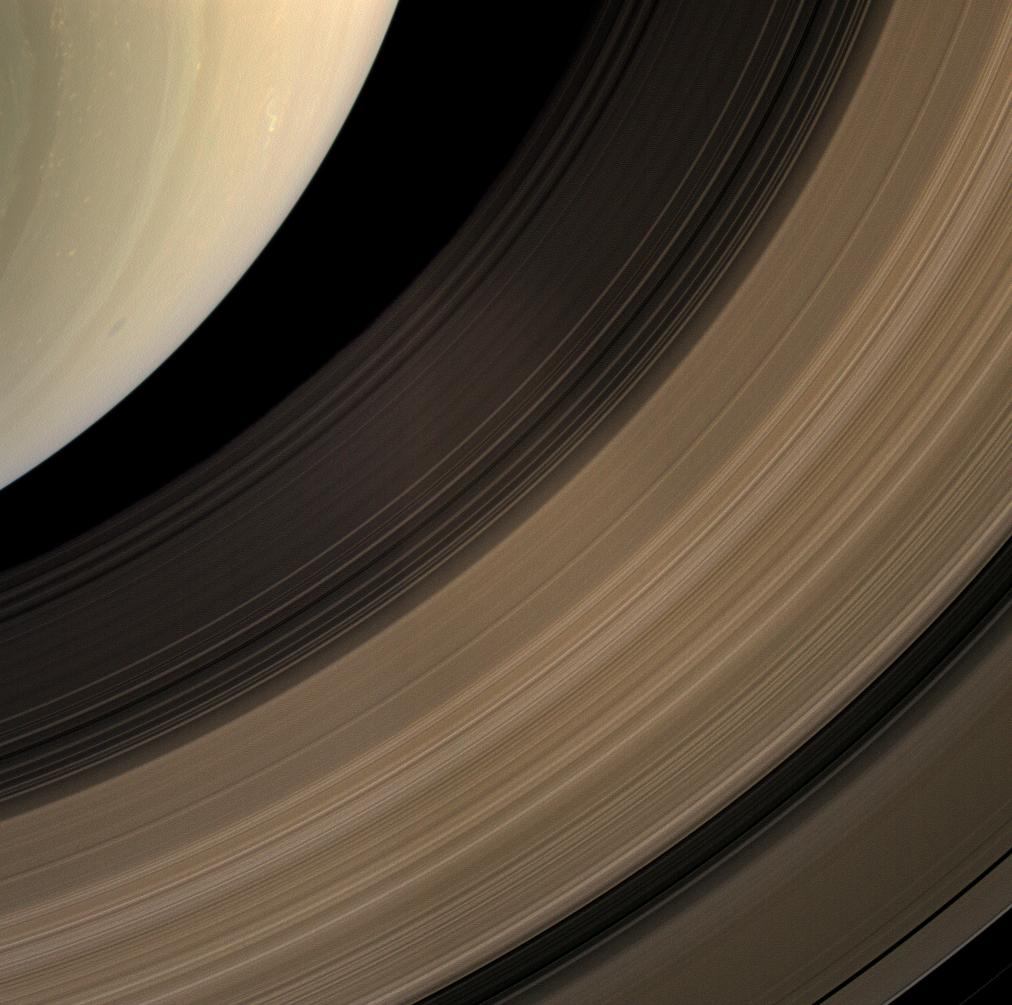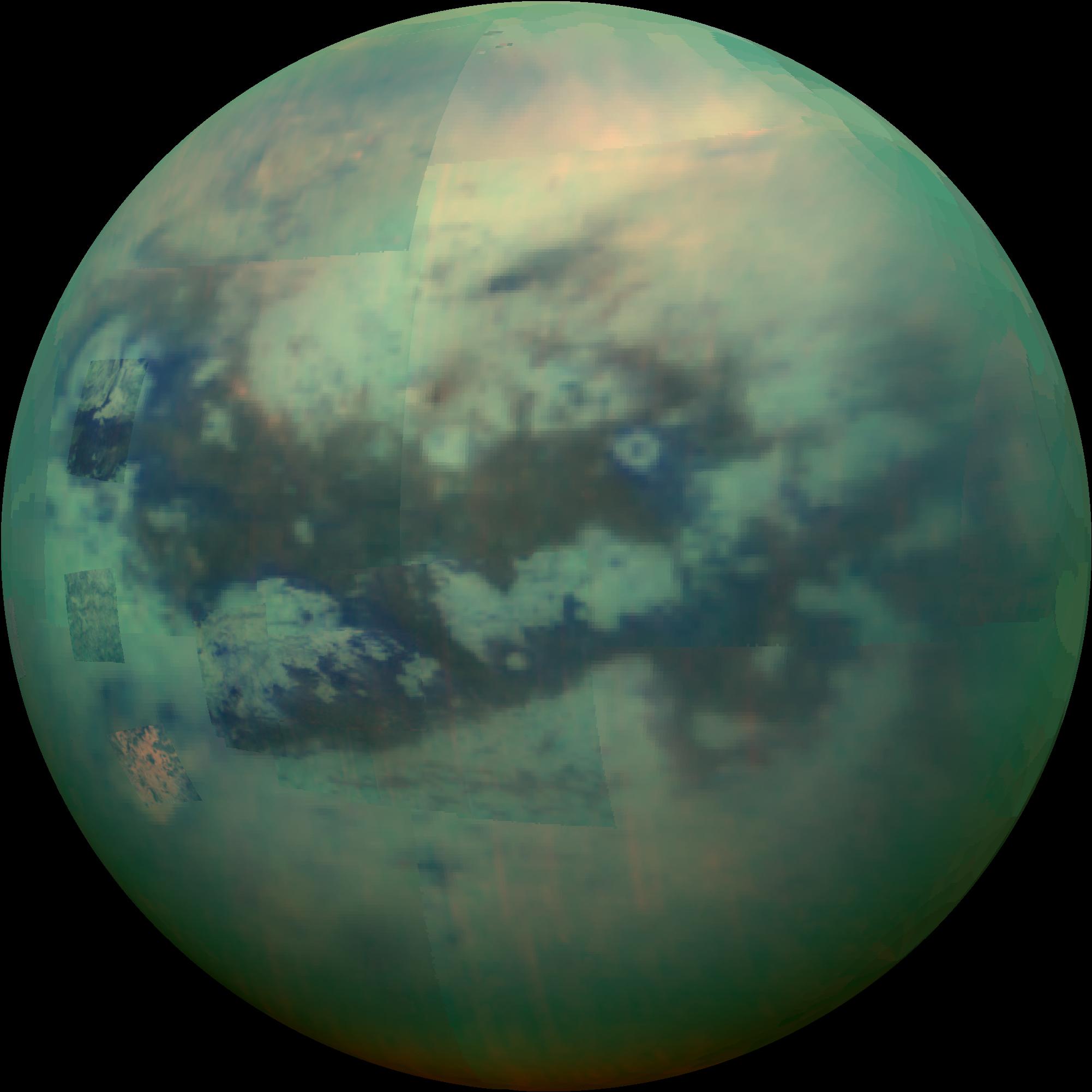Saturn Spectacular: NASA's Free E-Book Offers Top 100 Cassini Images

Update for Sept. 15: Cassini has made its final plunge into Saturn. See our final farewell here: RIP, Cassini: Historic Mission Ends with Fiery Plunge into Saturn
PASADENA, Calif. — NASA has released a new e-book highlighting intriguing images and key scientific discoveries from its Cassini mission. "The Saturn System: Through the Eyes of Cassini" reveals the top 100 images from the mission to Saturn that explored the ringed planet and its spectacular moons.
"We've had an incredible 13-year mission," Cassini Project Scientist Linda Spilker, at NASA's Jet Propulsion Laboratory, told members of the press Wednesday (Sept. 13). She praised the incredible information the spacecraft has revealed since its arrival in 2004, comparing the flood of data to water from "a giant fire hose." [Cassini's Saturn Crash: How to Watch Its 'Grand Finale']

The Cassini spacecraft launched in 1997 and arrived at Saturn in 2004. But on Friday (Sept. 15), the out-of-fuel spacecraft will crash into Saturn to meet a fiery end. You can watch Cassini's mission end on Space.com at 4 a.m. PDT (7 a.m. EDT/1100 GMT), courtesy of NASA TV. The last signal from the spacecraft is expected at 4:55 a.m. PDT (7:55 a.m. EDT/1155 GMT).
The collection of images is split into five parts. The first section reveals Saturn in all its icy glory, while the second examines some of the most incredible images of its rings. The large and potentially habitable moons of Titan and Enceladus each warrant their own section. The final chapter covers the other moons of the Saturn system. Each picture contains a link to NASA's website, where full-resolution images can be downloaded in multiple formats.

Over its lifetime, Cassini has returned more than 450,000 images, according to NASA Planetary Science Director Jim Green. "Every one of them in their own way are absolutely spectacular."

The e-book can be downloaded in multiple formats from:
https://www.nasa.gov/connect/ebooks/the-saturn-system.html
Get the Space.com Newsletter
Breaking space news, the latest updates on rocket launches, skywatching events and more!
Visit Space.com for complete coverage of Cassini's crash into Saturn on Friday, Sept. 15.
Follow Nola Taylor Redd on Twitter @NolaTRedd or Google+. Follow us at @Spacedotcom, Facebook or Google+. Originally published on Space.com.
Join our Space Forums to keep talking space on the latest missions, night sky and more! And if you have a news tip, correction or comment, let us know at: community@space.com.

Nola Taylor Tillman is a contributing writer for Space.com. She loves all things space and astronomy-related, and enjoys the opportunity to learn more. She has a Bachelor’s degree in English and Astrophysics from Agnes Scott college and served as an intern at Sky & Telescope magazine. In her free time, she homeschools her four children. Follow her on Twitter at @NolaTRedd









